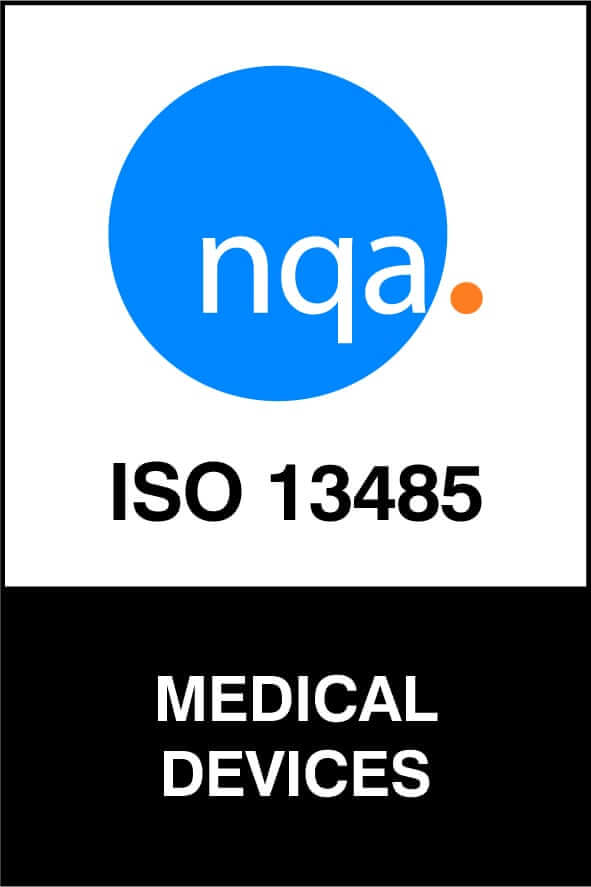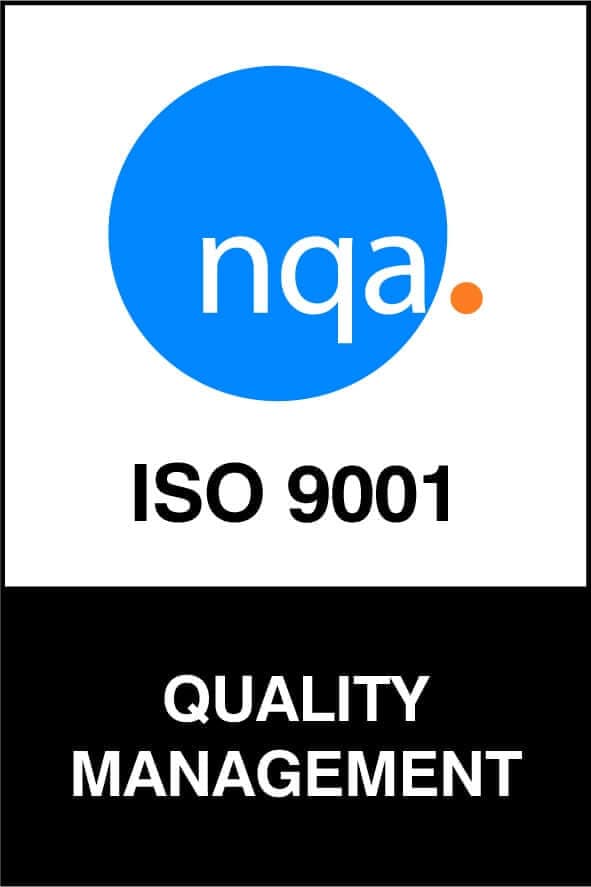The Essential Role of LSR in Medical Devices
Medical devices are continuously evolving to deliver drugs and treatments efficiently, improve diagnostics, and enhance safety for providers and patients alike. Regardless of the innovation, the materials used to manufacture devices and components are critical.
Liquid Silicone Rubber (LSR) has emerged as a game-changing material for many applications that is also well-suited to injection molding processes. Here, we’ll look at LSR’s unique properties that make it a better choice than other traditional materials like thermoplastic elastomers (TPEs) and natural rubber for medical device molding.
What is LSR?
Liquid silicone rubber is an inorganic, platinum-cured silicone rubber. This material has many properties that make it widely used for medical components. Important characteristics of LSR include:
- High tensile and tear strength
- Biocompatibility and inertness
- Temperature resistance (from sub-zero to 250 °C/480 °F)
- Chemical resistance
- Good mold cavity flow for intricate shapes
- Excellent purity and material consistency
- Non-residue
- Taste- and odor-free
- Rebound resilience (i.e., compression set)
- Electrical insulating properties
- Excellent clarity and the ability to take pigments
Because of these characteristics, LSR is often selected over TPEs, natural rubber, and other traditional materials that can become brittle or compromised by temperatures or chemicals.
LSR Applications in Medical Devices
LSR’s biocompatibility, chemical resistance, and inert nature make it indispensable in medical devices and healthcare products. Some examples include:
Respiratory Devices
As an inert material, LSR does not interact with body fluids or medications. Its smoothness and flexibility enable precise airflow regulation for breathing masks and ventilator parts.
Fluid Management
Injection molded LSR can be used for many types of parts including very small, intricate, or thin features found in valves, diaphragms, gaskets, and seals. Its compression set properties mean it can be compressed and will return to its original shape, making it a good choice for sealing components. It is also resistant to chemicals and can be used with many different fluids.
Syringe Parts
LSR’s compression set and superior strength make it ideal for stoppers, plugs, septa, and over-molded components used in syringes. These properties ensure optimal sealing pressure and friction, which are critical for accurate dosing and patient safety. Additionally, high-precision LSR injection molding allows for the consistent production of these components, which can lower assembly costs and the risk of errors.
Wearable and Implantable Devices
As a biocompatible and inert material, LSR is often used for devices that are worn or implanted in the body like catheters, plungers, cannula, ear plugs and hearing aid tips, and pump housings.
Instrument and Device Components
LSR is strong yet flexible and is naturally clear. It can also be pigmented for color coding or aesthetic effects. As a result, it is often used to manufacture instrument handle grips, washers, seals and gaskets, diaphragms, and others.
LSR Medical Components from Jefferson Rubber Works
Jefferson Rubber Works is a trusted manufacturing partner for reliable medical sealing solutions. We provide highly effective stoppers and plugs made with LSR materials for sustained durability, flexibility, and sterility. We’re always working to maintain consistently great quality regardless of the scale of each project, with custom solutions that can meet your individual standards as well as those of the medical industry.
Contact us today to discuss your unique needs with our team, and let us help you create the ideal medical device for your application.





